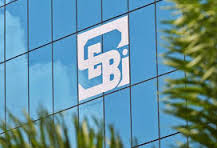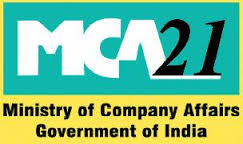 The goods and services tax (GST) might find use in national accounts beyond the routine application of indirect taxes in converting gross value added (GVA) into gross domestic product (GDP).
The goods and services tax (GST) might find use in national accounts beyond the routine application of indirect taxes in converting gross value added (GVA) into gross domestic product (GDP).
“We have started an exercise to look into this. A group comprising officials of the national accounts division is examining this issue,” TC A Anant, the government’s chief statistician, told Business Standard.
The GST, he noted, was more than a tax, since assessees file returns and describe activities on which the tax is levied, besides a whole bunch of other information. “In B2B (business-to-business) transactions, we can track the value chain. The national accounts committee is looking at it. It is at least worth probing,” Anant said. The group will check if there are legal or technical hurdles in the way. In the old taxation system as well, such filings were done in the case of value-added tax, central excise duty and service tax, but those were in separate databases. So, the system’s ability to use the data was somewhat limited.
“We had in the past conducted discussions to see if we could get more mileage from these databases. However, these remained at discussion level and not converted into outcomes,” Anant said.
There were many reasons for this. First, the process of computerisation of tax filings started around 2005-06, the service tax bit earlier and central excise a bit later. It got standardised around 2010-11.
“We started looking at it when we were doing preparatory work for base revision. Partly because of that fragmented nature, we were unable to get any mileage from it. By 2015, it became clearer that these indirect taxes would be taken over by the GST. Now, we have greater advantage as the GST covers both goods and services.”
So far as the usual use of the GST for converting GVA into GDP is concerned, Anant said it was simply a question of getting the data on the GST collection and verify how much of it is attributable to the Centre and how much to state collection. With the latter, there will be an additional bit of information, on how much was collected by specific states and the share they got from the Centre.
“This you may call a routine part of the GST database. For us, numbers are important because we use these — overall tax collections in national accounts and, similarly, specific state figures for its GSDP,” he said. Much of indirect taxes, net of subsidies, are used for converting GVA into GDP, both at current prices and at constant prices. Earlier, a panel headed by former NITI Aayog vice-chairman Arvind Panagariya had suggested using the data on the GST Network (GSTN), the levy’s information technology backbone, to assess the job market. It recommended using registration and enrolment on the GSTN as a sample for enterprise survey, to be conducted annually. So far, a little over nine million assessees have registered on the GSTN. High-frequency data, monthly or quarterly, might be conducted on the subset of the GSTN. The panel also suggested making the GSTN the universal establishment number and the income taxbased permanent account number embedded with the GSTN the universal enterprise number.
“IN B2B TRANSACTIONS, WE CAN TRACK THE VALUE CHAIN. THE NATIONAL ACCOUNTS COMMITTEE IS LOOKING AT IT. IT IS AT LEAST WORTH PROBING” TC A Anant Chief statistician
Source: Press Reader





